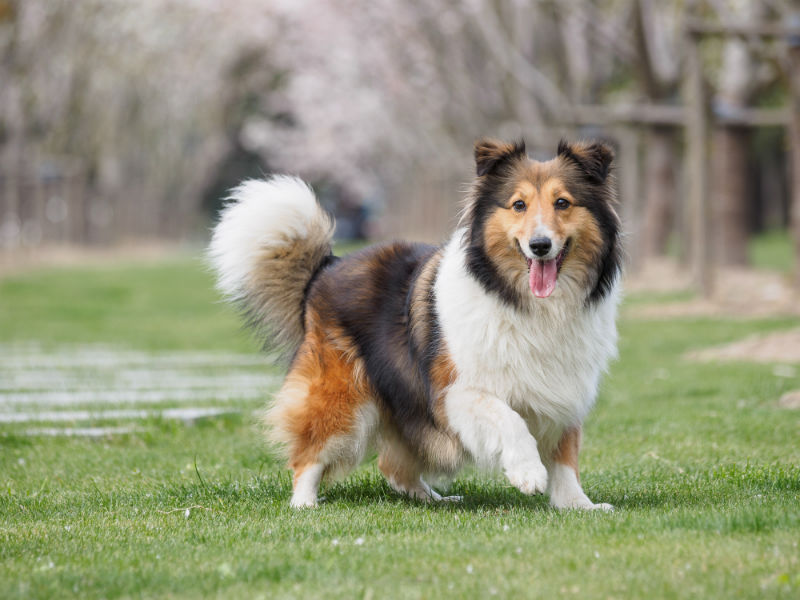
Which Way Do Dogs Wag Their Tails When They Are Happy. If it quivers and then goes under that is not a happy wag. You might begin frowning as an ingrained as well as habitual response to say an inappropriate joke but you can return your mouth to resting smiling or a deeper frown at will. This dog may want to interact but not necessarily in a controlled or friendly manner. Tail wagging is an instinctive behaviour that develops between 3 and 4 weeks of age depending on your dogs breed and is one of the primary communication methods to both other dogs and people.

Tail wagging can often indicate that your dog is happy yes but it turns out that your dogs tail can also indicate a variety of other emotions and intentions. Dogs do use their tails to communicate though a wagging tail. So why do dogs wag their tails. Dogs can control their tails and their tail wags but it appears they often start wagging out of instinct not conscious thought. Its commonly believed that dogs wag their tails to convey that they are happy and friendly but this isnt exactly true. Fast tail wagging with other happy signals usually means the dog is excited.
Tail wagging is an instinctive behaviour that develops between 3 and 4 weeks of age depending on your dogs breed and is one of the primary communication methods to both other dogs and people.
So why do dogs wag their tails. Happy dogs wag like they have no control over themselves sometimes swinging their tails so fiercely that their whole rear ends move too. I would avoid a dog who was wagging his tail this way or if I was the owner I would work to help him calm down. If your dogs tail wags slightly to the right research suggests this could indicate your dog knows the person or dog and it is a wag of recognition. Its commonly believed that dogs wag their tails to convey that they are happy and friendly but this isnt exactly true. A tucked tail or a tail that is a lot lower but wagging slightly usually means the dog is worried.